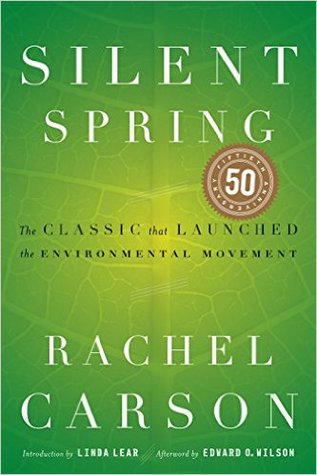More on this book
Community
Kindle Notes & Highlights
“The insect world is nature’s most astonishing phenomenon,” said the Dutch biologist C. J. Briejèr. “Nothing is impossible to it; the most improbable things commonly occur there. One who penetrates deeply into its mysteries is continually breathless with wonder. He knows that anything can happen, and that the completely impossible often does.”
The chemicals may have been pretested against a few individual species, but not against living communities.
The balance of nature is not a status quo; it is fluid, ever shifting, in a constant state of adjustment. Man, too, is part of this balance. Sometimes the balance is in his favor; sometimes—and all too often through his own activities—it is shifted to his disadvantage.
in terms of the number of species, 70 to 80 per cent of the earth’s creatures are insects.
Most of us walk unseeing through the world, unaware alike of its beauties, its wonders, and the strange and sometimes terrible intensity of the lives that are being lived about us.
Then we sense something of the drama of the hunter and the hunted. Then we begin to feel something of that relentlessly pressing force by which nature controls her own.
Darwin himself could scarcely have found a better example of the operation of natural selection than is provided by the way the mechanism of resistance operates.
Only by taking account of such life forces and by cautiously seeking to guide them into channels favorable to ourselves can we hope to achieve a reasonable accommodation between the insect hordes and ourselves.
crude a weapon as the cave man’s club, the chemical barrage has been hurled against the fabric of life—a fabric on the one hand delicate and destructible, on the other miraculously tough and resilient, and capable of striking back in unexpected ways.
It is our alarming misfortune that so primitive a science has armed itself with the most modern and terrible weapons, and that in turning them against the insects it has also turned them against the earth.


